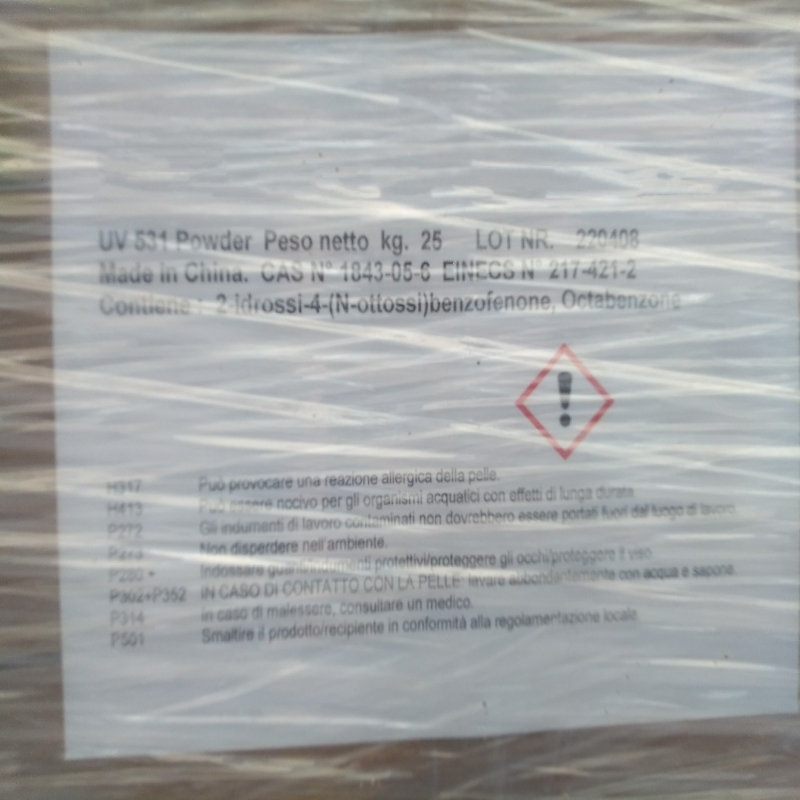-
Categories
-
Pharmaceutical Intermediates
-
Active Pharmaceutical Ingredients
-
Food Additives
- Industrial Coatings
- Agrochemicals
- Dyes and Pigments
- Surfactant
- Flavors and Fragrances
- Chemical Reagents
- Catalyst and Auxiliary
- Natural Products
- Inorganic Chemistry
-
Organic Chemistry
-
Biochemical Engineering
- Analytical Chemistry
-
Cosmetic Ingredient
- Water Treatment Chemical
-
Pharmaceutical Intermediates
Promotion
ECHEMI Mall
Wholesale
Weekly Price
Exhibition
News
-
Trade Service
According to a report by Markets and Markets, a well-known market research firm, the global smart meter market will grow from approximately $9.
27 billion in 2018 to $11.
33 billion in 2023, with a CAGR of 4.
11%
during the period.
The global smart meter market was worth $9.
27 billion in 2018
The smart meter market will witness rapid growth
due to the growing demand for efficient data monitoring systems, government policies in favor of smart meters, cost savings due to the use of smart meters, and increasing emphasis on renewable energy worldwide.
By 2023, the residential segment will maintain the largest market share and grow
at the second fastest rate.
Since smart meters can help consumers monitor, regulate and reduce grid and generator consumption, and further adjust renewable energy consumption, installing smart meters in residential areas will help reduce dependence
on fossil fuels.
The widespread use of power, electronics, and data devices is driven by the growing importance of power management solutions, which are also driving the smart meter market
.
The three-phase electricity meter market will grow at the fastest pace during the forecast period and dominate the market
.
Three-phase meters are mainly used in industrial applications and large commercial applications
.
The premium for three-phase meters and the growth in the number of industrial and commercial facilities are driving the installation
of three-phase smart meters.
Based on the type of communication technology, the powerline communication segment will see the fastest growth
.
Powerline communication is the most commonly used communication technology because it has many advantages, such as the use of existing wire and wire utility infrastructure, improved cost-effectiveness of rural lines, and availability on challenging terrain
.
With open standards and several vendors on the market, powerline communication technology is mature
.
The report analyzes the smart meter market in six regions, including Asia Pacific, North America, Europe, Latin America, the Middle East, and Africa
.
Asia Pacific is expected to become the world's largest smart meter market
.
The Asia-Pacific region is the most populous region in the world and as such witnesses a high demand
for electricity.
Increasing investments in smart grid technology and smart cities, increasing number of data centers, and proliferation of information technology hubs and commercial establishments are driving the smart meter market in the region
.
China accounts for the largest share
of the Asia-Pacific region due to the large-scale rollout of the deployment program.
As China's power generation and distribution capacity is the highest in the Asia-Pacific region, the demand for smart meters has increased
.
To gain insight into the competitive landscape, the report presents profiles of some of the key players in the smart meter market, such as Itron (US), Landis + Gyr (Switzerland), Jiangsu Linyang (China), Wasion Group (China), Aclara Technologies (US), Schneider Electric (France), Siemens (Germany), Honeywell (US), and Iskraemeco (Slovenia).
,
According to a report by Markets and Markets, a well-known market research firm, the global smart meter market will grow from approximately $9.
27 billion in 2018 to $11.
33 billion in 2023, with a CAGR of 4.
11%
during the period.
The global smart meter market was worth $9.
27 billion in 2018
27 billion in 2018
The smart meter market will witness rapid growth
due to the growing demand for efficient data monitoring systems, government policies in favor of smart meters, cost savings due to the use of smart meters, and increasing emphasis on renewable energy worldwide.
By 2023, the residential segment will maintain the largest market share and grow
at the second fastest rate.
Since smart meters can help consumers monitor, regulate and reduce grid and generator consumption, and further adjust renewable energy consumption, installing smart meters in residential areas will help reduce dependence
on fossil fuels.
The widespread use of power, electronics, and data devices is driven by the growing importance of power management solutions, which are also driving the smart meter market
.
The three-phase electricity meter market will grow at the fastest pace during the forecast period and dominate the market
.
Three-phase meters are mainly used in industrial applications and large commercial applications
.
The premium for three-phase meters and the growth in the number of industrial and commercial facilities are driving the installation
of three-phase smart meters.
Based on the type of communication technology, the powerline communication segment will see the fastest growth
.
Powerline communication is the most commonly used communication technology because it has many advantages, such as the use of existing wire and wire utility infrastructure, improved cost-effectiveness of rural lines, and availability on challenging terrain
.
With open standards and several vendors on the market, powerline communication technology is mature
.
The report analyzes the smart meter market in six regions, including Asia Pacific, North America, Europe, Latin America, the Middle East, and Africa
.
Asia Pacific is expected to become the world's largest smart meter market
.
The Asia-Pacific region is the most populous region in the world and as such witnesses a high demand
for electricity.
Increasing investments in smart grid technology and smart cities, increasing number of data centers, and proliferation of information technology hubs and commercial establishments are driving the smart meter market in the region
.
China accounts for the largest share
of the Asia-Pacific region due to the large-scale rollout of the deployment program.
As China's power generation and distribution capacity is the highest in the Asia-Pacific region, the demand for smart meters has increased
.
To gain insight into the competitive landscape, the report presents profiles of some of the key players in the smart meter market, such as Itron (US), Landis + Gyr (Switzerland), Jiangsu Linyang (China), Wasion Group (China), Aclara Technologies (US), Schneider Electric (France), Siemens (Germany), Honeywell (US), and Iskraemeco (Slovenia).
,







